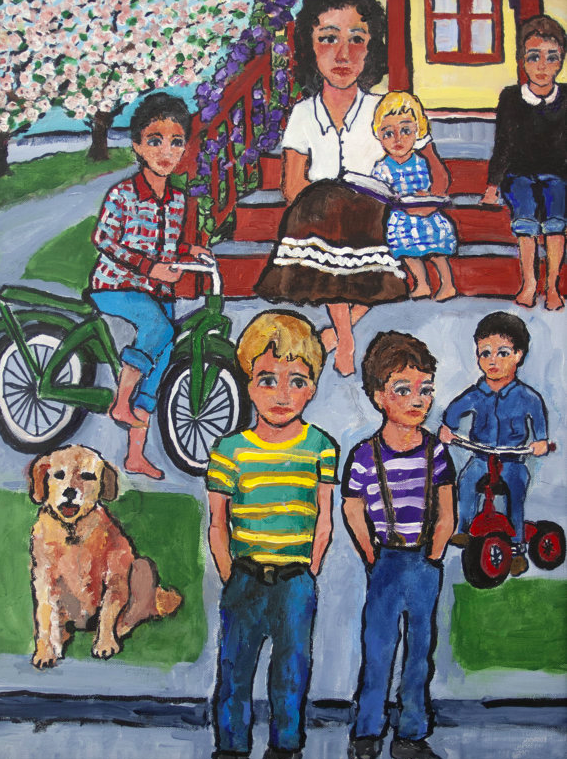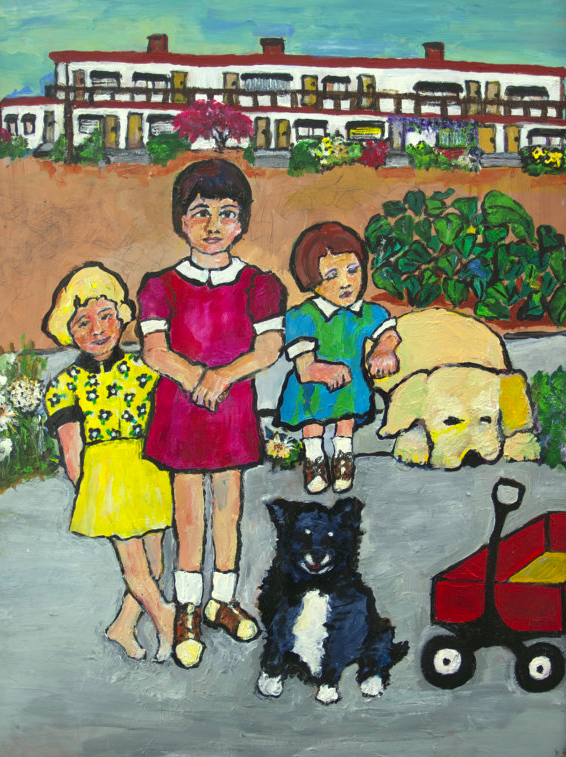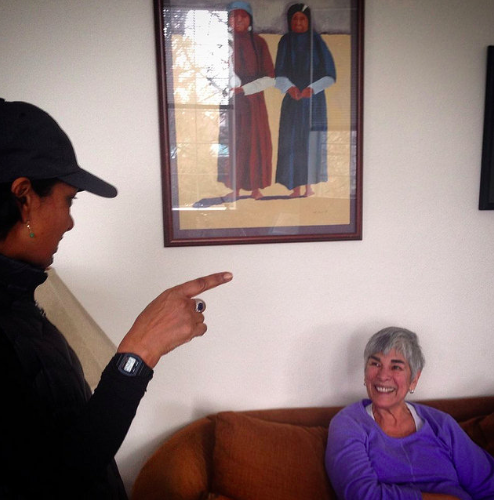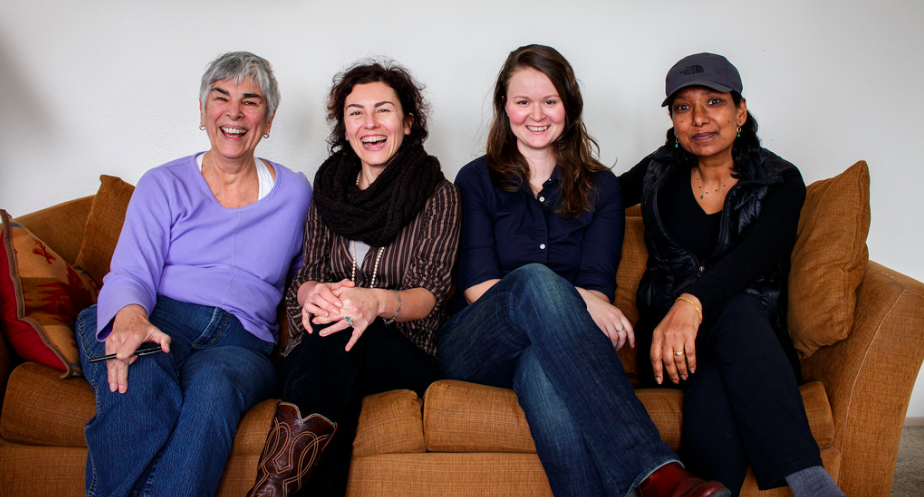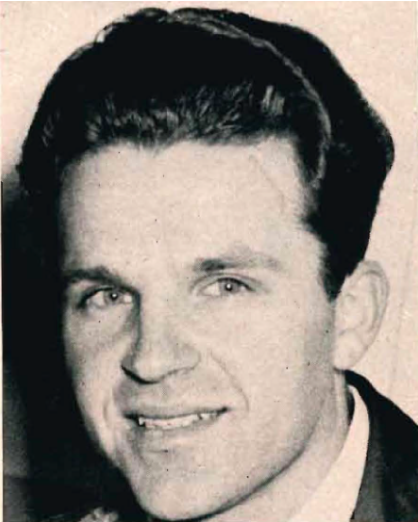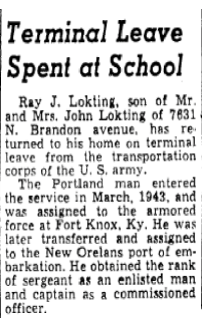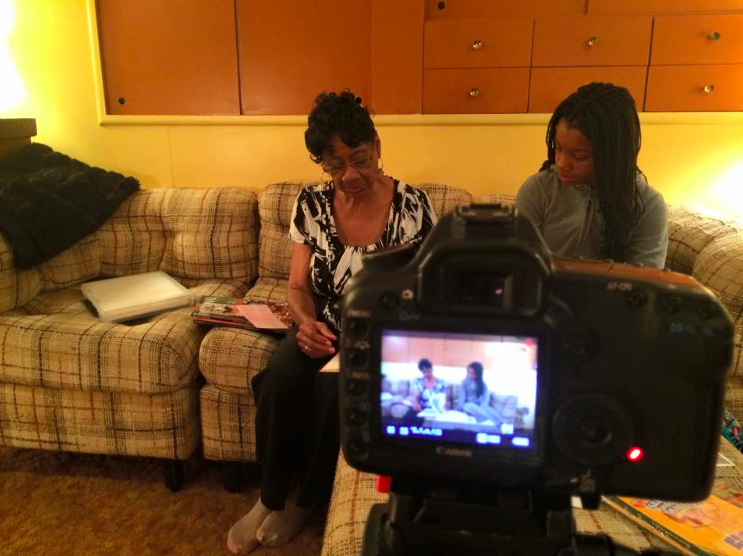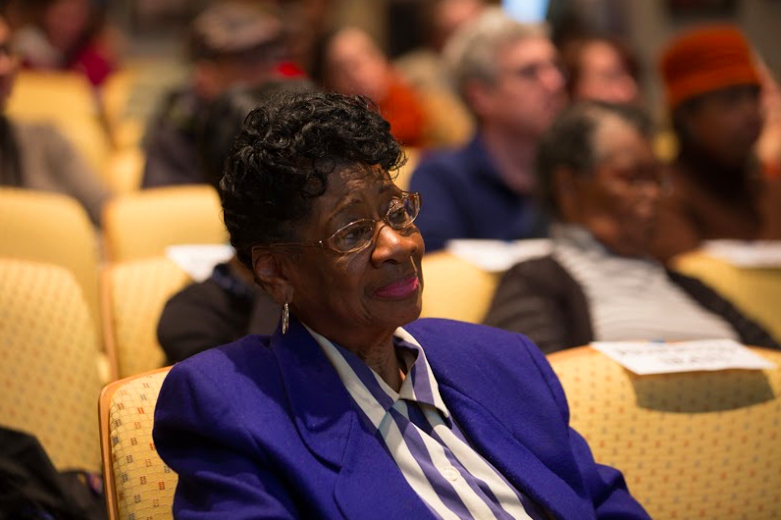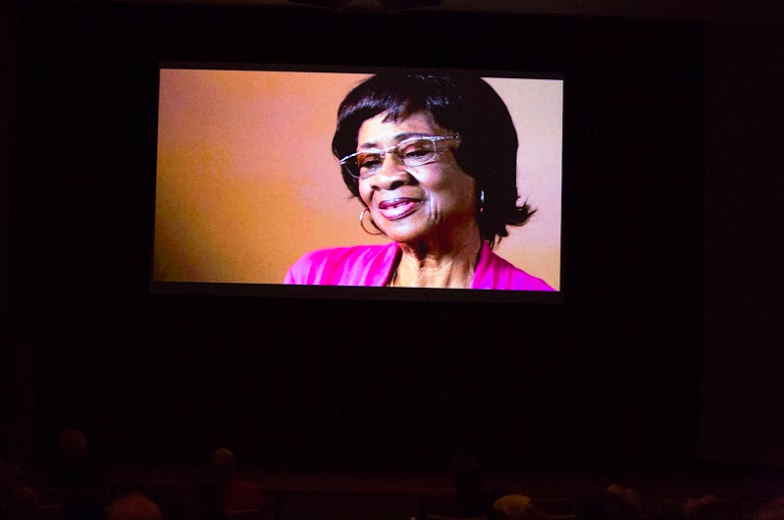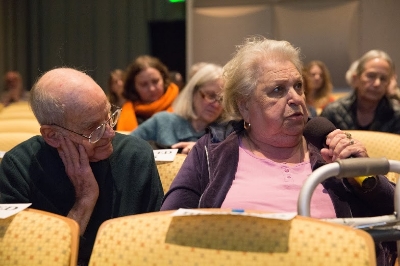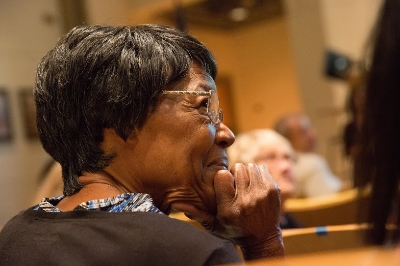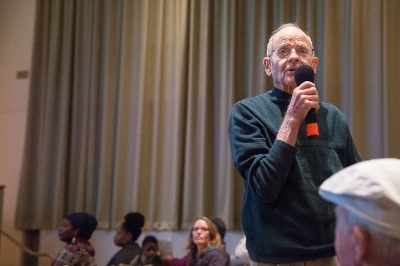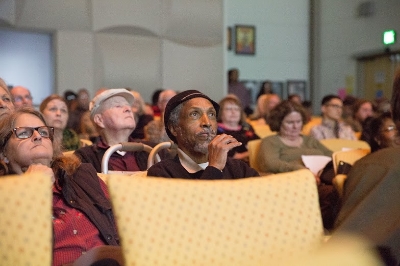Albina residents picket the Portland Development Commission, 1973 (Credits: Oregon Historical Society)
Left Hook is a work of fiction. The characters are all imagined and the time course of events has been compressed. The history underlying the story, however, is all too real. From the mid-twentieth century on, there has been a sequential displacement of thousands of people and scores of businesses in Portland’s African-American community, first in the name of “urban renewal,” more recently in the name of “gentrification.”
The scenario depicted in Left Hook – the aborted expansion of Emanuel Hospital and the resulting disruption of the surrounding neighborhood – struck many, even at the time, as especially egregious. Decisions were made by those in power, and the consequences were borne by those with limited political and economic influence. What happened at the end was breathtakingly indefensible and utterly Kafkaesque.
In 2012, Emanuel Hospital offered a public apology for its role in what transpired some forty years before. But the hospital was only one of multiple players, a group that also included city authorities, federal officials and out-of-state private consultants. The actual sequence of events unfolded over several years, but this much is clear: Hundreds of houses and dozens of businesses were razed, yet the planned hospital expansion wound up being cancelled due to lack of funds. Blocks filled with bustling homes and neighborhood stores were transformed into empty lots, and all for naught. Recovery has taken decades and is still not complete.
The philosopher George Santayana famously wrote “those who cannot remember the past are condemned to repeat it,” which begs the question: Where do we go from here?
VAN PORT MOSAIC PROUDLY PRESENTS LEFT HOOK, RICH RUBIN'S NEW PLAY ABOUT GENTRIFICATION AND COMMUNITY DISPLACEMENT IN 1970’S PORTLAND, SET IN AN ALBINA BOXING CLUB.
Directed by Damaris Webb
Presented as part of the 2017 Fertile Ground Festival
4 Public Performances: Friday 1/20 @ 7:30pm, Saturday 1/21 @ 2pm & 7:30pm, Sunday 1/22 @ 2pm
Venue: Interstate Firehouse Cultural Center, 5340 N. Interstate Ave.
Admission: Pay What You Can. Suggested $10; $5 Students/Seniors
Buy tickets here, or at the door one hour before curtain
Run time: 2hrs with intermission - join us for a curated conversation following the Sunday matinee.









